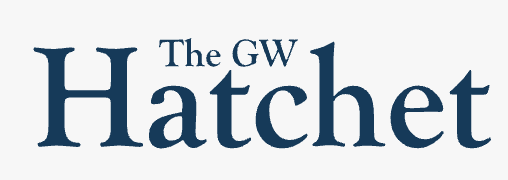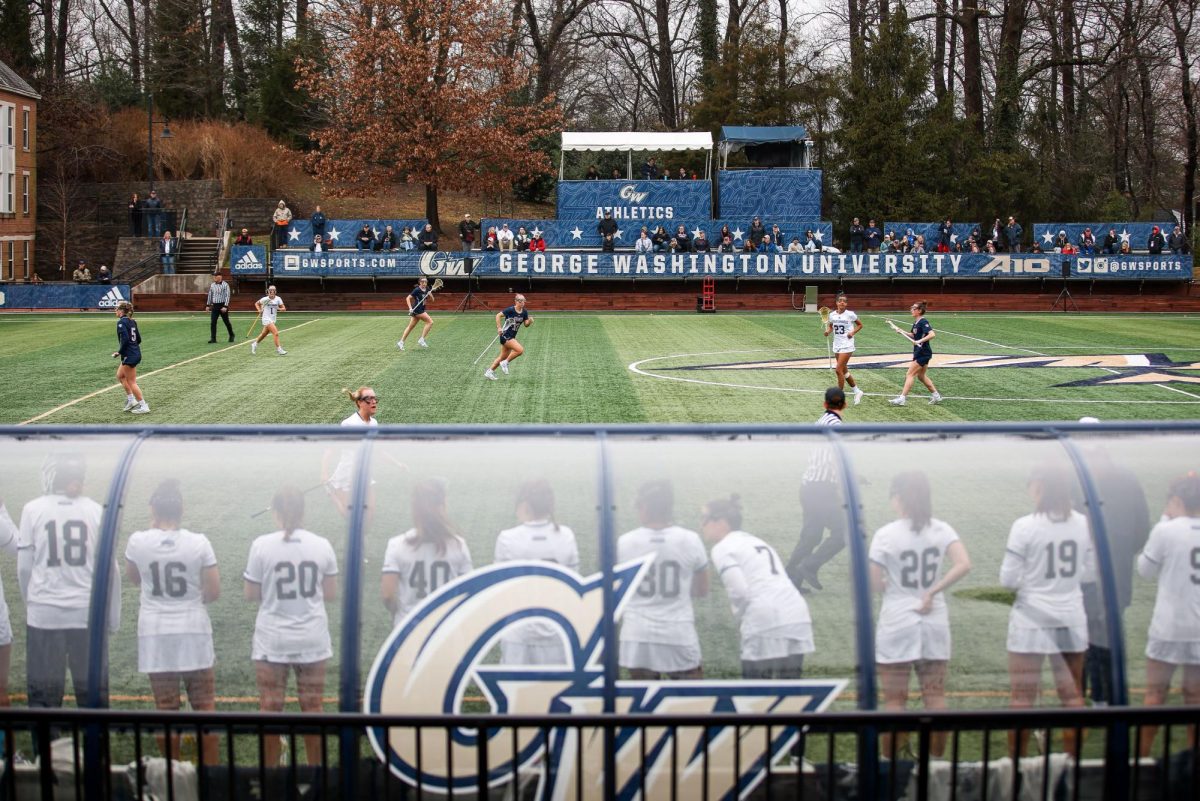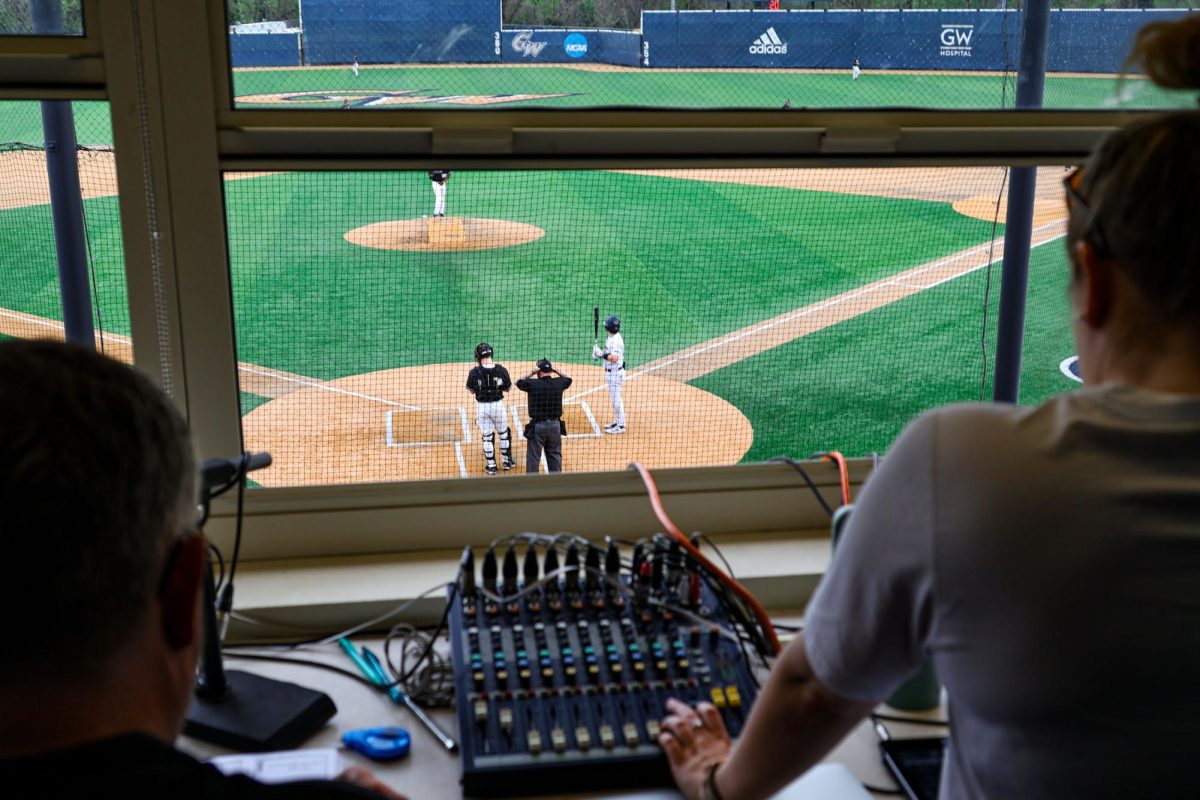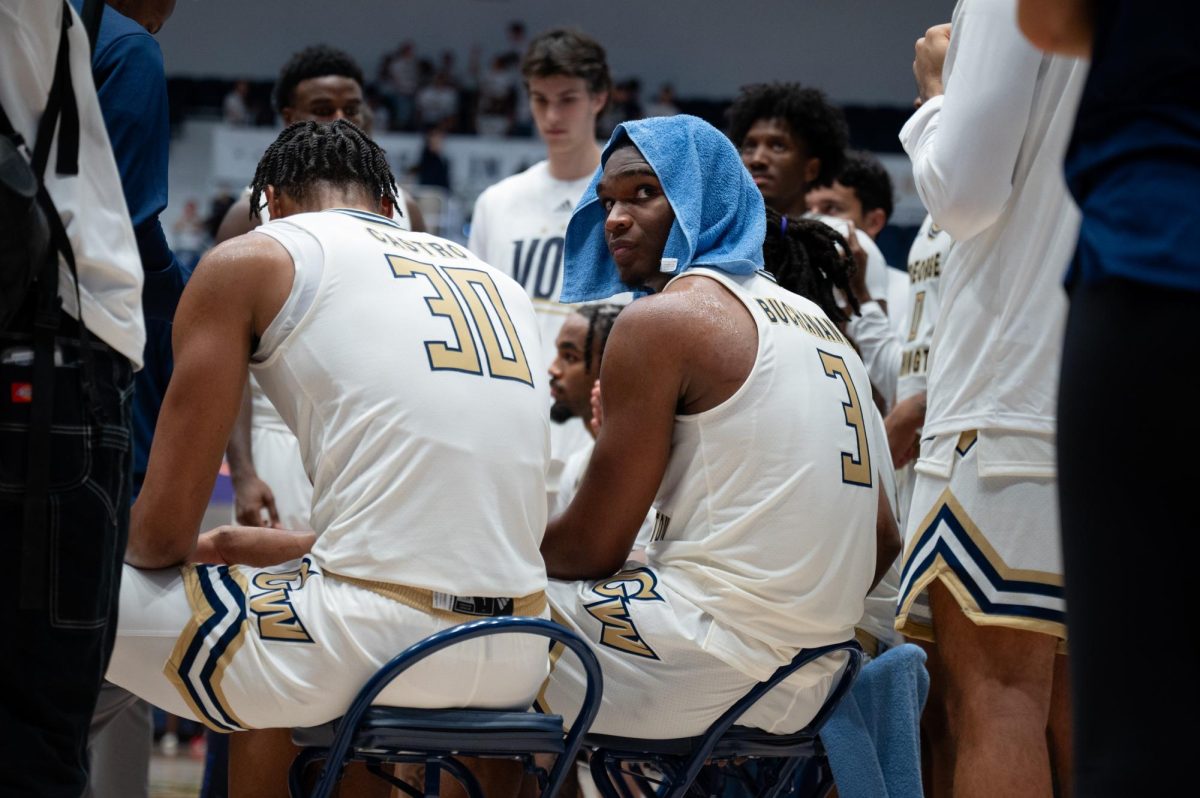Men’s basketball’s 2024-25 season was one of great progress, but this offseason could set the team up for serious success.
The Revs closed out their regular season campaign with a 21-12 record, GW’s most victorious season since the 2015-16 team finished 28-10 and National Invitation Tournament champions. GW also made their first postseason appearance since 2017 in the newly formed College Basketball Crown Tournament, although Boise State booted them out in a 30-point loss.
With the transfer portal shuffling rosters every year like a deck of cards, GW has come out mostly spared since the portal opened on March 25. This spring, over 1,000 players entered the portal in the first 48 hours of its opening. Transfers have become a sign of the times for college basketball, and GW is no stranger to the concept, losing key players in past seasons like former Atlantic 10 Rookie of the Year Maximus Edwards, who is now a conference rival at Duquesne.
Among the Revs leaving Foggy Bottom this year is redshirt sophomore forward Darren Buchanan Jr., the sometimes-dominant forward who averaged 10.8 points and 5.8 rebounds per game and earned A-10 All-Rookie honors a season ago. Although Buchanan’s play took a step back this year, he was still a major contributor and his departure leaves big Adidas shoes to fill. Sophomore guard Jacoi Hutchinson’s departure also pokes holes in GW’s lineup. Despite minor inconsistencies this year, Hutchinson contributed 6.7 points per game on only 33.7 percent shooting from the field.
These two, along with freshman forward Dayan Nessah, senior forward Keegan Harvey and sophomore forward Zamoku Weluche-Ume, make up the team’s entrants to the portal. While half a decade ago, five players transferring might’ve felt disastrous for the team when only 23 teams in the NCAA had that many players transfer, this is a major win for Head Coach Chris Caputo in today’s volatile college basketball climate.
That’s largely because of junior forward Rafael Castro, who led the team in points and rebounds per game on an unbelievably efficient 66 percent shooting. Despite statistics that would have any power-conference team wanting him, he opted to return to Foggy Bottom for his second year here, citing “loyalty over royalty” in his decision. After the relief his announcement brought, I’m willing to let that backhanded compliment slide. A former transfer himself, the Providence transplant brought athleticism and playmaking ability under the rim, helping optimize GW’s scoring in the paint.
With the A-10’s top finishers — George Mason, Dayton and champion Virginia Commonwealth — all losing multiple major contributors, the 2026 title race looks to be wide open, and Castro has all the right ingredients to chef up a conference player-of-the-year title, something GW hasn’t achieved since Shawnta Rogers’ 1999 campaign.
Before I get too ahead of myself, there are some glaring roster holes to fill. GW needs to consider the consistent supporting roles of graduating guard Gerald Drumgoole Jr., who contributed as an outside shooter, and glue-guy forward Sean Hansen, a smart distributor with good court vision. On the bright side, out of nine players averaging at least 10 minutes per game, this pair was the only two in their last year of eligibility — leaving lots of potential returners, especially guards.
With a name tailor-made for his role, sophomore guard Trey Autry emerged as the team’s go-to 3-point shooter during his breakout season. Autry shot at a .386 clip from beyond the arc, the highest among players averaging more than zero minutes. Redshirt freshman guard Christian Jones had a promising freshman year and will continue to flourish if he tightens up his ball handling and decision-making. Garrett Johnson, a powerhouse guard and forward who suffered an ACL tear last summer, is positioned to return to the court next season. Johnson added 13.4 points and 5.6 rebounds per game in the 23 games he played and started in, adding a relieving buffer for a team that often struggles from deep.
In the press conference following the team’s March 1 win against La Salle, Caputo highlighted just how much the team missed Johnson this year, saying he was “probably our best player going into the season.” That confidence from his coach tells me just how much he means to the program.
Building on this foundation, incoming freshman recruits include three-star shooting guard Jalen Rougier-Roane, a D.C. local and U18 AmeriCup Team Canada member. Also joining the Revs is small forward Vinny Chaudhri, ranked 247th nationally, who can provide aid to Castro as an alternative forward for GW.
With more than a few roster holes to fill this summer, Caputo and his staff must focus on several remaining points of weakness. First, the team needs a true point guard. Jones impressed in the role this year, but his struggles to distribute and handle the ball paint him as a shooting guard. Second, the team needs a power forward like Buchanan Jr. to complement Castro in the frontcourt and bring down rebounds. Generally, the team needs stronger free-throw shooters after this season’s .694 shooting average and smart players who understand off-ball movement.
NIL and the impending House settlement, which will likely result in revenue sharing with NCAA student-athletes, introduce financial guidelines that make it difficult for mid-major teams like GW to recruit and retain top players. But Caputo said following the team’s conference tournament loss to George Mason that he is confident in the school’s “institutional commitment” to the program.
“We have President Ellen Granberg, a Board of Trustees, people in our upper administration, our athletic director who would just understand, here’s the gaps in where we need to be, and we’re trying to fill those gaps,” Caputo said.
Every NCAA tournament team this year above a 10 seed spends at least $6 million annually on its basketball programs. Per the last available Department of Education data, GW spends $4,916,917 annually on the team. This year’s March Madness tournament is showing unprecedented chalk, with four 1-seeds, three 2-seeds, and one 3-seed in the Elite Eight. It’s apparent that smaller programs just can’t keep up. Only time will tell if GW has the ability to put its money where its mouth is.
Men’s basketball’s 9-9 conference record and a 30-point loss to Boise State, far and away their best nonconference opponent, cautions my optimism. GW has the tools and the starting point to build a legitimately good roster, something that can feel impossible for a smaller program in this day and age.
For now, GW’s “One Shining Moment” is their best season in nearly a decade, offering a glimpse of what’s to come with the right additions. Caputo’s offseason choreography could lead the Revs to Big Dance come next March.





